How many revolutions should you set the washing machine to?
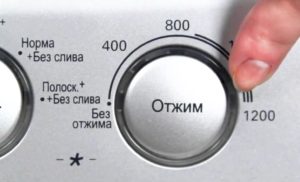 Modern washing machines impress with their speeds and power, but high values on the label logically increase the cost of the unit. Especially when it comes to spinning. Along with the usual machines with push-ups of 1000-1200 rpm, there are also models that can accelerate to 1800 and even 2000 rotations. But is this race really necessary, isn’t the wear of parts increasing and can all fabrics withstand such loads? We invite you to figure out together how many revolutions to set in the washing machine program for a safe and efficient cycle.
Modern washing machines impress with their speeds and power, but high values on the label logically increase the cost of the unit. Especially when it comes to spinning. Along with the usual machines with push-ups of 1000-1200 rpm, there are also models that can accelerate to 1800 and even 2000 rotations. But is this race really necessary, isn’t the wear of parts increasing and can all fabrics withstand such loads? We invite you to figure out together how many revolutions to set in the washing machine program for a safe and efficient cycle.
What does the choice of speed depend on?
Most washing machines offer the user to independently adjust the spin speed until the function is completely cancelled. This is due to the need to “adjust” the washing machine to the laundry in the drum. Since cotton products and items made from mixed fabrics can easily withstand a load of 1000 revolutions, and delicate materials, silk, wool, polyester, are deformed if the push-up occurs at levels above 400.
The user can independently adjust the number of spin speeds depending on the type of fabric of the clothes being washed.
But the main boundaries are set by the manufacturer. The optimal maximum and minimum speed depends on the capabilities and power of the machine. We’ll tell you further how to determine what a washing machine is capable of.
Speed capabilities of cars
The spin class indicated on the factory label will help the consumer find out how well the machine spins. There are only seven of them - A, B, C, D, E, F and G, where "A" is considered better and "G" is considered worse.Levels are assigned to the unit depending on two parameters: the residual moisture of the laundry and the optimal number of revolutions per minute.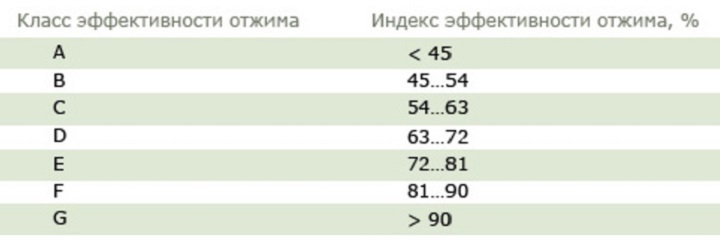
First of all, attention is paid to residual moisture. In other words, experts measure how dry the laundry is after the spin cycle. The calculation is simple: first, items are weighed before washing, then after the drum finally stops. Next, the smaller is subtracted from the larger, and the result is divided by the “dry” weight and multiplied by 100%. The resulting percentage will show the degree of dryness of the fabric and reveal the spin class:
- up to 45% – A;
- up to 54% – B;
- up to 63% – C;
- up to 72% – D.
Residual moisture in models of classes E, F and G is squeezed out by approximately 15-20%. Due to the low spin force, these washing machines are almost completely out of production and are no longer available for sale.
But there is no point in chasing cars marked “A” or “B”. In fact, the gap between the percentages only seems large, but in reality they are equally wet things. The difference is only a few extra hours of drying, while the quality of washing remains at the same level. Why do you buy a washing machine?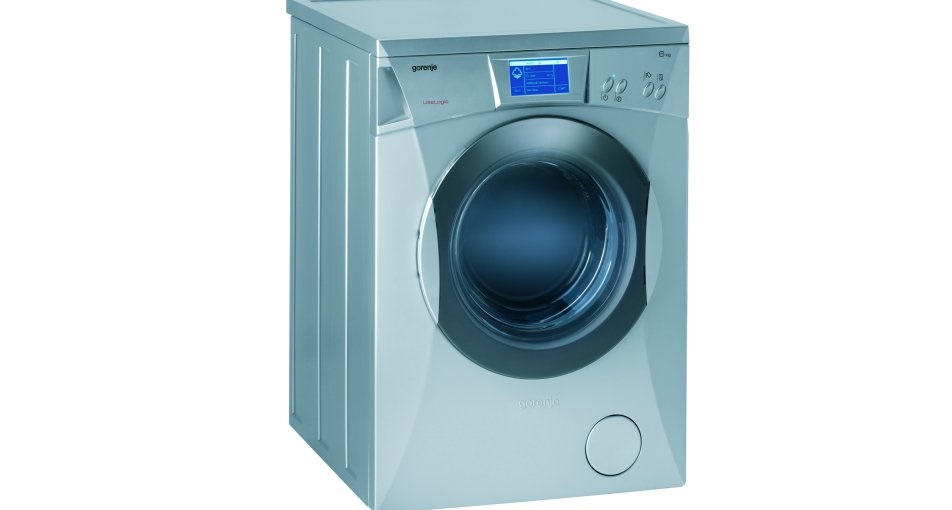
In addition to residual moisture, the maximum permissible number of revolutions per minute also affects the efficiency of push-ups. That is, how quickly the engine spins the drum to release moisture. The higher the indicator, the greater the speed and the closer the coveted spin class of level “A”. And if previously the mark of 1000-1200 spins was considered amazing, now some machines can accelerate to 2000. A striking example is the Gorenje WA 65205 model, which offers powerful engine and drum performance.
It has been proven that the higher the spin speed, the less hardness salts remain in the fabric fibers and the softer the laundry becomes.
Another question is, are escape speeds necessary or is an average value of 1000 revolutions sufficient? Let us illustrate with a diagram of the spinning process. It starts immediately after draining the water after rinsing. After stopping, the engine begins to increase power, gradually picking up speed. At the same time, the drum spins, and the laundry in it is pressed against the walls thanks to centrifugal force. Moisture is pushed out of things and goes out through the holes into the tank. The laundry is dried, and the separated liquid, gradually accumulating, is pumped out into the sewer. Towards the end of the program, the speed reaches a maximum and is held for 2-3 minutes, after which the system slows down. Thus, the indicated 2000 is reached in a couple of minutes.
Is high spin speed really necessary?
It is a common belief that excessive revolutions affect the life of the washing machine. More specifically, it is believed that if a machine can withstand strong acceleration, then its design and parts are stronger and more reliable. But now experts say that this is a myth.
At the moment, no direct relationship has been established between the maximum withstand speed and the reliability of household appliances. Even keeping in mind that strong acceleration requires strong parts, we must not forget that at the same time the overall loads and wear of spare parts increase. Therefore, the less stable components of low-speed machines, which are not subject to rotation at 2000 revolutions, do not deviate from more advanced competitors. Thus, units with a maximum of 600 revolutions work properly for 7-10 years.
Much depends on the manufacturer and the quality of the materials used. It is the brand that establishes the period of trouble-free operation and assumes warranty obligations.. However, previously announced figures are revised over time. A striking example will be the Ariston company, which has reduced the life of its equipment from 10 to 7 years. There were no official statements, and it was believed that the decision was influenced by complaints from consumers and the company’s desire to “insure itself.” Most likely, the matter is in the use of low-quality spare parts in order to reduce the cost of products and increase demand.
High-speed washing machines are prestigious and expensive, but their usefulness in everyday life is questionable. As a rule, if a consumer wants to quickly dry laundry, he or she will use a dryer or an iron, but with standard hanging of clothes, 20-30% humidity does not matter.
Interesting:
5 reader comments
Add a comment Cancel reply
Categories
Washing machine repair


For buyers

For users

Dishwasher


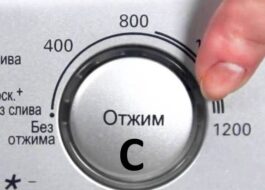
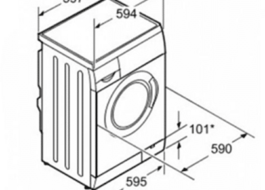













And if it jumps on a wooden floor and there is nothing that can be done about it, then I recommend reducing the speed for the safe operation of the machine.
I don’t agree at all, I had a machine with 1200+ rpm, the laundry is not as damp as after 1000.
But what should you do if you can’t slow down the speed in the machine, but you need to spin at 400?
In the old LG machine - still made in Korea - it spun at 400 revolutions, as in the new one at 800 (it is made in Russia). Now at 400 rpm water drips from the laundry, at 800 it is average, and at 1400 it spins well. And for some reason the temperature is not 30 degrees. Only 20, then immediately 40 and 60. Inconvenient - many labels recommend 30 degrees.
Put it on without spinning.